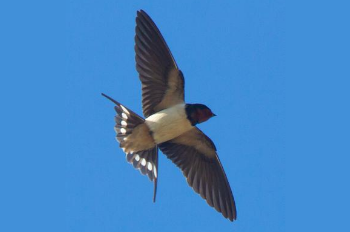Changes in climate and habitat on the breeding and non-breeding grounds of migratory birds are both playing an important part in driving their long-term population changes.
A new study led by the Department of Biosciences at Durham University, UK, is the first large-scale assessment of how recent changes in both climate and land cover have impacted populations of migrating birds.
Global declines in the numbers of individuals of many migratory species are thought to be caused by a combination of climate change and habitat loss on both their breeding and non-breeding grounds, as well as changes to areas they use to refuel whilst on migration.
Using data on the long-term population trends of 61 short- and 39 long-distance European breeding migratory birds, the researchers related changes in climate and land cover across their breeding and non-breeding grounds over a 36-year period to their population trends.
The study showed that populations of migratory birds were most affected by changes in climate on the European grounds where they stopped to breed but, in the areas that they migrate to after the breeding season, changes in land cover such as intensified agricultural farming, had the greater impact.
The combined effects of changes in climate and land cover account for approximately 40 percent of the variation in the population trends of migratory birds, which means that other factors, such as changes in habitat quality, probably also have a substantial impact on population changes.
The researchers say that to stop the declines of European migrant birds, an integrated approach must consider all processes affecting them across the different grounds they inhabit throughout the year.







